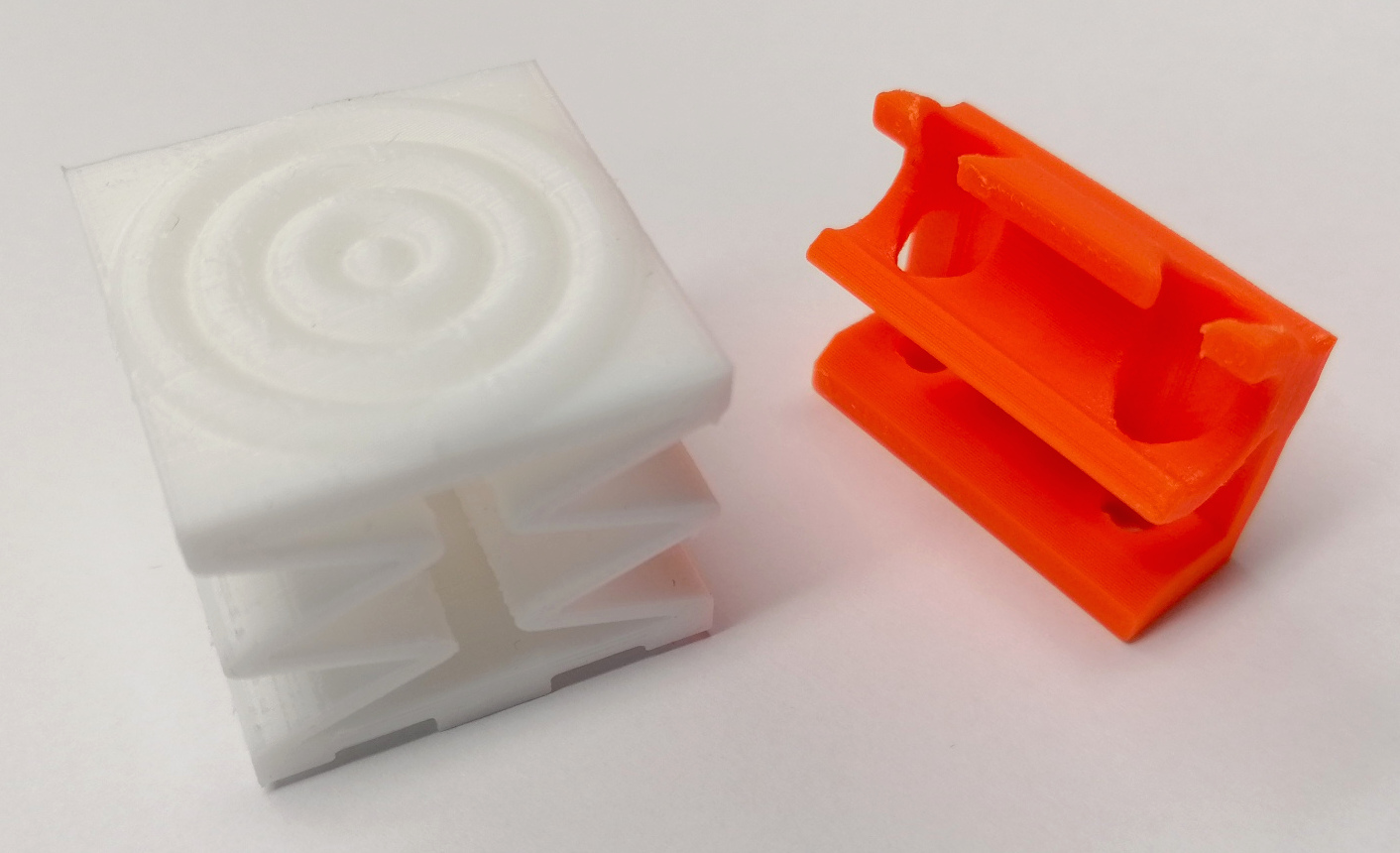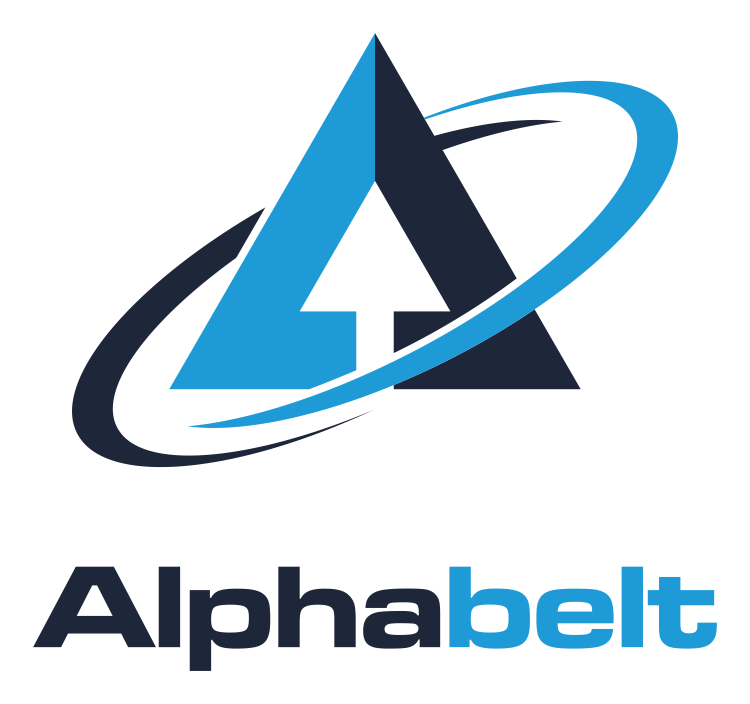Complex cams from the printer
How individualized cams can be produced even faster and more sustainably by 3D printing

Complex cams from the printer
How individualized cams can be produced even faster and more sustainably by 3D printing
The variety of cams in our range is almost limitless. We already have hundreds of different shapes and sizes on stock, and new ones are being added all the time. As a specialist for individually manufactured special solutions, we also work together with our customers to develop very complex cams that are precisely adapted to the respective transport item, as well as prototypes for test operations. Where conventional manufacturing processes can only be used with great effort or even reach their limits, 3D printing offers new possibilities for the fast, cost-effective and sustainable production of cams.
This article therefore answeres the following questions:
- How are cams conventionally manufactured and where do these manufacturing processes reach their limits?
- How does 3D printing work and what special advantages does it offer?
- How can printed cams be attached to the belt?
- For which applications and materials is 3D printing of cams suitable?
Conventional cam production and its limitations
Cams made of PU have so far mainly been produced by waterjet cutting or by injection molding. In waterjet cutting, the cam geometry is cut directly from a PU plate. This process is therefore particularly suitable for flat cams that are machined in only one plane. Depending on the shape of the cams, grinding processes can also be used. More complex cams are normally formed by injection molding. For this, a separate mold must first be produced for each cam shape.
Since the production of the casting mold is associated with high costs on the one hand and also takes some time on the other, this process was usually very expensive and time-consuming for the production of prototypes, one-offs or small series. If, for example, it turned out in the course of a test run that further adjustments or optimizations were necessary, a new casting mold first had to be produced. If a faster solution was required, manufacturing or adaptation by hand was resorted to if necessary for manageable quantities.
The manufacturing processes mentioned above also reached their limits when cam geometries with cavities, undercuts or elastic areas were required. This situation can now be remedied by 3D printing, which makes almost any geometric shape producible.
Cam manufacturing by 3D printing and its advantages
3D printing is an additive manufacturing process. Liquid or powder material is applied layer by layer, creating a three-dimensional workpiece. Based on a drawing or sketch from our customers, we design a corresponding model and define the printing parameters. The buildup of the workpiece is then computer-controlled via CAD/CAM.
This process offers a number of advantages:
- The time-consuming production of molds and special tools is not necessary.
- There is no need to store molds for future use, which means a considerable saving of space and resources when thousands of molds are involved.
- A wide variety of components can be produced one after the other in any sequence on the same machine without having to change a mold first.
- Complicated geometries (e.g. undercuts, cavities, honeycomb structures, etc.), which are difficult or even impossible to produce with other processes, can be realized in a simple manner.
- Smaller quantities, for example for prototypes, are available quickly and cost-effectively, which significantly simplifies and accelerates the development of an optimized geometry.
- Since it is an additive process, there is virtually no production waste during printing, which conserves resources.
- Only the number of pieces that is actually needed is produced. This keeps the use of materials and energy as low as possible.
The typical surface texture of printed components must be taken into account. Depending on the material, the diameter of the filament used and the print settings (e.g. speed), the so-called "staircase effect" occurs, i.e. the individual layers are visible and the surface of the workpiece is somewhat rougher as a result. In most cases, this has no effect on functionality. However, where particularly smooth surfaces are required, post-processing can be carried out. This is possible mechanically, chemically or thermally.
How are printed cams fixed to the belt?
In general, cams produced by 3D printing can be fastened to the belt using the same processes as their conventionally produced equivalents. For permanent attachment, the cams (in this case made of TPU or a TPU compound) are welded directly to the back of the conveyor belt (also made of TPU). The strength of the welded joint is excellent. If the cams are to be interchangeably fastened, several systems for interchangeable cams are available, such as magnetic systems or screw-in elements. In the production of magnetic cams, the magnets can sometimes be inserted directly during the printing process. Screw-in elements such as bushings or bars, on the other hand, are easier to insert during the post process.
Which materials are suitable for printing?
Generally, all thermoplastics are suitable for 3D printing. If the cams are to be firmly welded to the back of the belt, TPU (elastic, thermoplastic PU) or a suitable TPU compound should be selected to achieve the highest possible strength of the welded joint. For cams with interchangeable cam systems, any thermoplastic material is feasible. We have already gained experience with various plastics, including ABS or ASA, for example. On request, we will gladly test other materials that may be suitable for your project.
Usually, the printed workpiece consists of only one material. However, in the subsequent post process, special functional coatings can also be applied if required.
What is 3D printing of cams suitable for?
3D printing is ideally suited for the fast and cost-effective production of cams for one-offs, prototypes, initial samples and small batches. In addition, the process is used particularly when cams with a high level of geometric complexity are to be produced. As a rule of thumb, the smaller the quantity and the more complex the geometry of the component, the more economical it is to manufacture it using 3D printing in comparison to other processes. For components with extremely high complexity, the production of several hundred pieces by 3D printing may still be more economical than by injection molding.
The aspect of sustainability should not be neglected either: the production of cams using 3D printing generates virtually no production waste. Production is carried out in the exact number of pieces required, so there is no overproduction and only the energy and material that are actually needed are used.
Customized solutions - manufactured quickly and sustainably
As a specialist for individualized solutions in the area of conveyor belts, we manufacture customized cams according to your specifications. On request, we will be happy to advise you on which manufacturing process is best suited to your application in terms of economy, functionality and sustainability. Anything is possible from as little as one piece!
Contact

